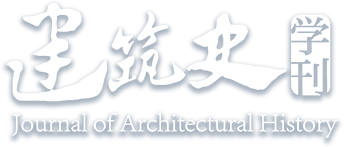Abstract:
Wanshougong, originally a Taoist structure dedicated to the deification of imperial power in ancient China, evolved through various historical phases. During the Northern Song dynasty, it was established as a Taoist temple by the royal family within the ancestral court of Taoism. In the Ming dynasty, it gradually came to be known as the symbol of Jiangxi guild hall. Transitioning into the Qing dynasty, it transformed into a royal sacrificial hall to commemorate the empress’s birthday. Despite sharing the same name, the three types of buildings exhibit vastly different architectural forms and connotations. Do they share a common origin? Investigating how their sites were selected and how their architectural spaces were configured in ancient China presents a highly worthwhile research endeavor. This paper endeavors to study the existing Wanshougong buildings in China, delving into the reasons behind their origins and transformations into Taoist temple, guild halls, and temples across different historical periods. It examines the characteristics of site selection, layout, architectural configuration, and architectural form of this type of building, which encompasses three distinct functions, ultimately revealing the uniqueness and multifaceted nature of ancient Chinese architectural heritage.


 下载:
下载: